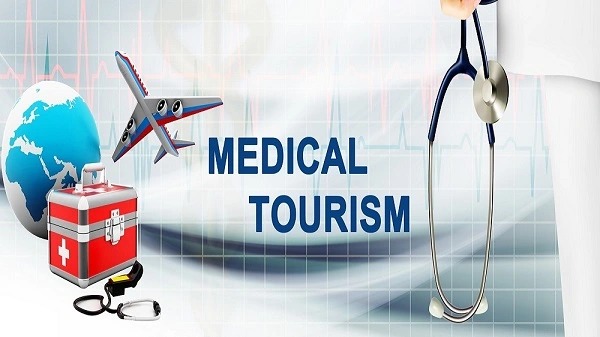
India now ranks among the top places for medical tourists, drawing thousands of people each year who need quality care at prices they can afford. Thanks to hospitals approved by global agencies, experienced surgeons who speak English, and services that blend cutting-edge technology with time-honoured healing, patients find a package hard to beat. Still, a little homework before you set off can turn a daunting journey into a smooth, worry-free stay.
Refer to the steps below as a loose roadmap for arranging your medical trip to India.
Step 1: Understand Your Medical Needs
Begin by pinning down the exact procedure you need. Whether you seek heart surgery, dental work, cosmetic touch-ups, IVF, or even a week of Ayurvedic therapy, India has specialist teams ready to help.
Popular treatments that draw patients include:
Step 2: Choose the Right Hospital and City
Major cities such as Delhi, Bengaluru, Chennai, and Mumbai host centres that rank with the best in the world. Check that the facility carries JCI or NABH seals, because these badges show it meets international rules on safety, hygiene, and patient rights.
Popular cities for medical tourism:
Chennai - Widely seen as Indias healthcare hub.
Mumbai - Hosts elite private hospitals and proven results.
Delhi NCR - Packed with famous multi-specialty centers.
Bangalore and Hyderabad - Renowned for cutting-edge tech and specialty teams.
Most facilities run international desks that coordinate visas, lodging, translators, and follow-up care.
Step 3: Get a Medical Opinion and Cost Estimate
After picking a hospital, email your records and scans. A free review and ballpark bill usually arrives within days. Clarify:
Ask what the quote covers so surprise charges dont occur.
Step 4: Apply for a Medical Visa
Request a Medical Visa (M Visa) via the Indian consulate or official e-Visa site. It grants multiple entries for up to sixty days and may extend if required.
You need:
A Medical Attendant Visa can be issued for a caregiver.
Step 5: Book Your Travel and Stay
Once your visa comes through, grab your flights and a place to sleep. Many hospitals run all-in packages with airport pickup and a room, or you can book a budget hotel or friendly guesthouse down the street.
If you prefer a full-service option, team up with an Medical tourism company in India that will line up transport, lodging, a translator, and a clear day-by-day treatment plan.
Step 6: Arrival and Treatment
Pack every original document, prescription, history file, and must-have personal item. After landing:
Hospital staff will guide you at every turn, while your medical coordinator handles bills, new scripts, and the discharge walk-through.
Step 7: Post-Treatment Recovery and Follow-up
Depending on the procedure, you may need extra days on-site for healing or rehab. Some visitors like to unwind at a wellness resort or quiet recovery center before heading home. Before you leave, make sure you have:
Many facilities also offer teleconsults so your care continues long after you touch down.
FAQs: Planning Medical Tourism in India
Q1. Is medical care in India reliable and safe?
Yes, modern Indian hospitals are equipped with cutting-edge technology and staffed by skilled doctors who often train abroad. Facilities accredited by NABH or JCI meet strict quality standards, so patients can feel confident about their care.
Q2. How much can I save by getting treatment in India?
Most visitors find that procedures cost 70 to 80 percent less than in the United States or Western Europe, and those savings usually hold even after adding flights, hotels, and local transport.
Q3. Can I bring someone with me?
Absolutely. India issues a separate medical-attendant visa so a trusted companion can stay close during treatment.
Q4. What language do Indian doctors speak?
The majority of doctors speak fluent English, and large hospitals also offer interpreters for other languages when needed.
Q5. Do Indian hospitals accept international insurance?
Many do, but it is wise to check in advance whether the facility accepts your plan and assists with claims.
Conclusion:
India remains a leading destination for medical tourists because it blends low costs, cutting-edge technology, and genuinely caring staff. With careful planning, timely advice, and the backing of a reputable hospital or facilitator, your trip can be both transformative and economical.
Need trustworthy help setting up your journey?
Visit certified platforms or contact a professional Indian medical-tourism agency to begin the process smoothly.
India offers world-class treatments at affordable prices, making it a top destination for global patients. For a hassle-free experience, connect with a trusted medical tourism company in India to guide your journey from consultation to recovery,